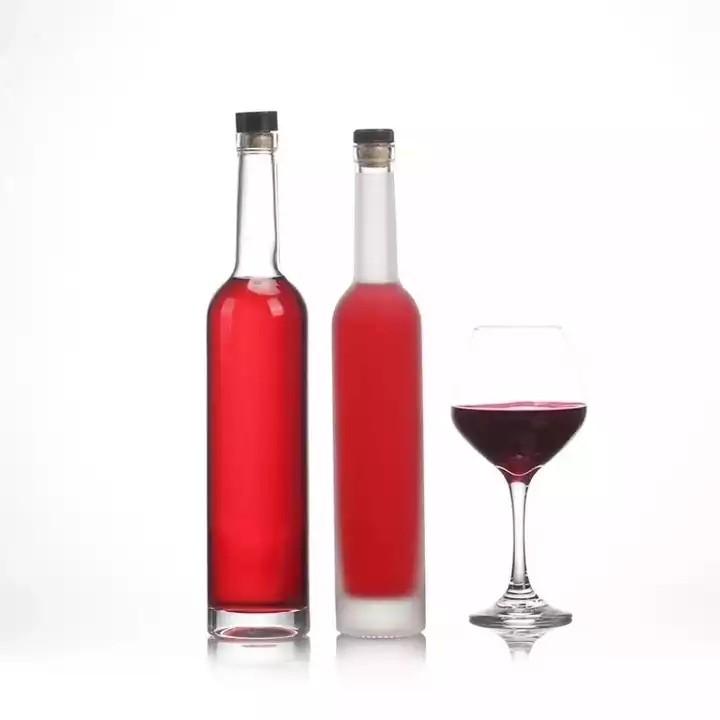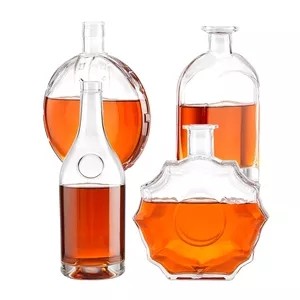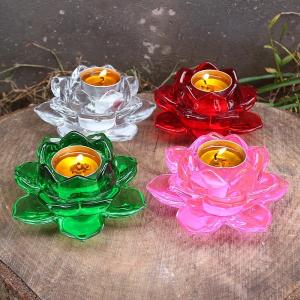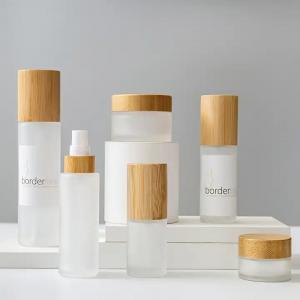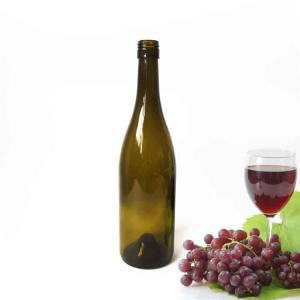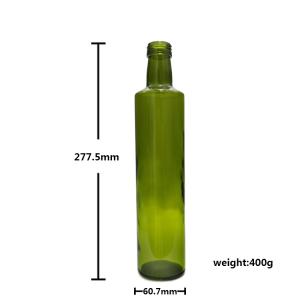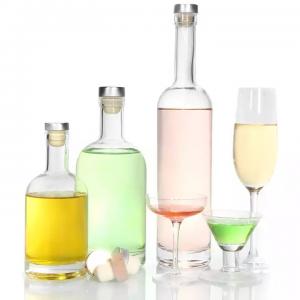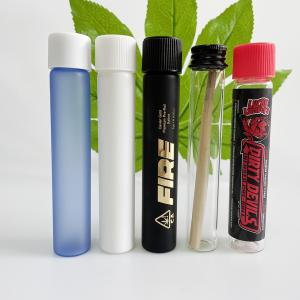Description

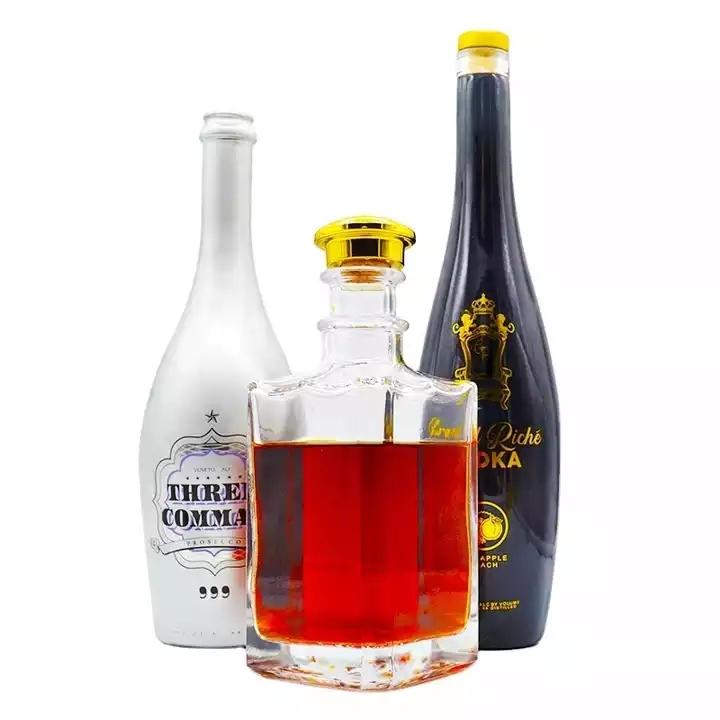

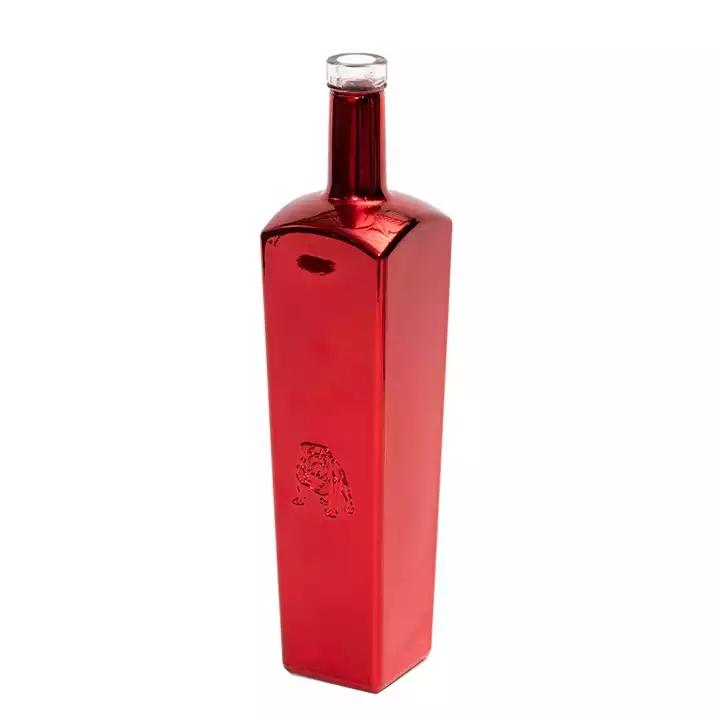
1. For ingredients, prepare raw materials according to the set ratio, weigh all kinds of raw materials and mix them evenly in a mixer. The main raw materials of glass are: quartz sand, limestone, feldspar, soda ash, boric acid and so on.
2. Melting, the raw materials are heated at high temperature to form uniform bubble-free liquid glass. In the pool kiln, the glass material is melted in the kiln, and the open flame is heated on the glass liquid surface. Most of the glass temperature of the melted in 1300 ~ 1600 ゜ c. Most of them are heated by flame, but a few are heated by electric current, which are called electric melting kilns. Nowadays, pool kilns are continuously produced. Small pool kilns can be several meters long, and large ones can be more than 400 meters long.
3. Forming is the transformation of molten glass into solid products with fixed shapes. Forming must be carried out within a certain temperature range. This is a cooling process, in which glass first changes from a viscous liquid to a plastic state and then to a brittle solid state. Forming methods can be divided into two categories: manual forming and mechanical forming.
A. By hand. (1) Blowing, with a nickel-chromium alloy blowing pipe, pick a ball of glass in the mold while blowing. Mainly used to form glass bubble, bottle, ball (scratch lens with) and so on. (2) Pulling, blowing into small bubbles, another worker with the top plate glue, two people blowing while pulling mainly used to make glass tubes or rods. (3) press, pick a group of glass, cut it with scissors into the concave die, and then press with a punch. Mainly used to form cups, plates, etc. (4) free forming, picking material with pliers, scissors, tweezers and other tools directly made into crafts.
B. Mechanical forming. Because artificial forming labor intensity, high temperature, poor conditions, so, in addition to free forming, most of the mechanical forming has been replaced. Mechanical forming in addition to pressing, blowing, drawing, and (1) calendering, used to produce thick flat glass, cut glass, clip wire glass, etc. (2) Casting method, the production of optical glass. (3) centrifugal casting method, used for the manufacture of large diameter glass tubes, utensils and large capacity reaction pot. A glass melt is injected into a high-speed rotating mold. The centrifugal force causes the glass to cling to the mold wall. The rotation continues until the glass hardens. (4) Sintering method, used for the production of foam glass. It is added to the glass powder foaming agent, heated in a covered metal mold, glass in the heating process to form a lot of closed bubbles, which is a good insulation, sound insulation material. In addition, the forming of flat glass has vertical lead, flat pull and float methods. Float method is to let the glass liquid flow float on the surface of molten metal (tin) to form a flat glass method, its main advantages are high quality glass (smooth, smooth), fast pulling speed, large output.
4. In annealing, the glass undergoes intense temperature and shape changes during forming, which leave a thermal stress in the glass. This thermal stress can reduce the strength and thermal stability of glass products. If cooled directly, it is likely to break spontaneously during the cooling process or later storage, transportation and use (commonly known as cold burst of glass). In order to eliminate the phenomenon of cold explosion, glass products must be annealed after forming. Annealing is the holding or slow cooling of the glass at a certain temperature range for a period of time to eliminate or reduce the thermal stress in the glass to the allowable value.

